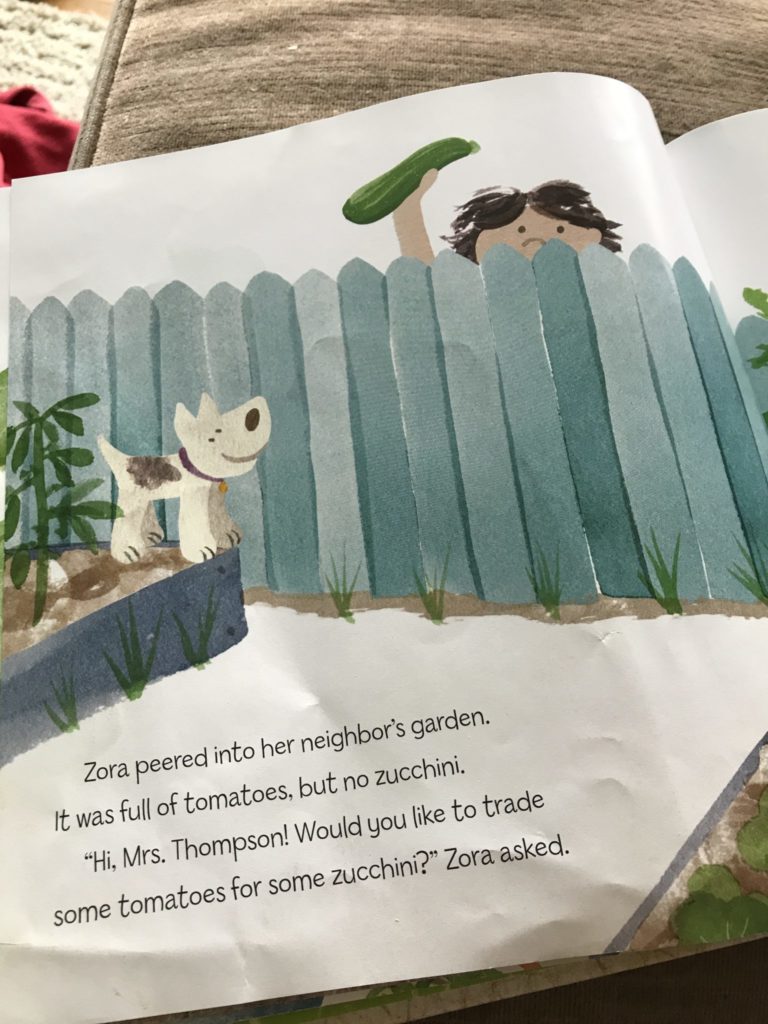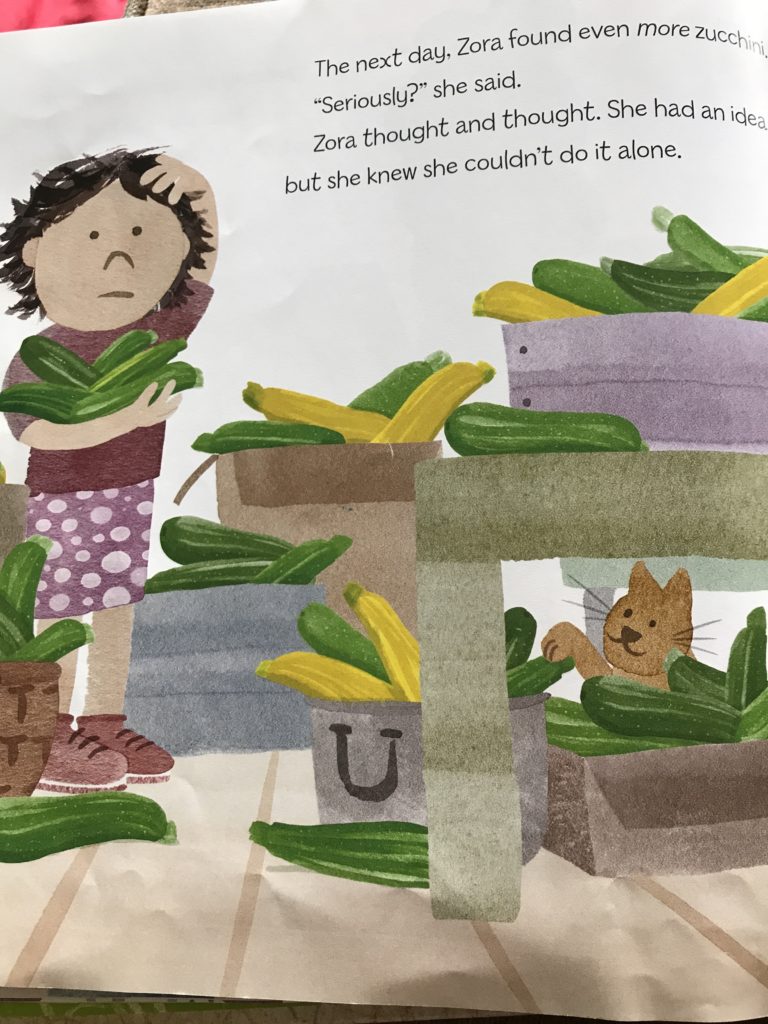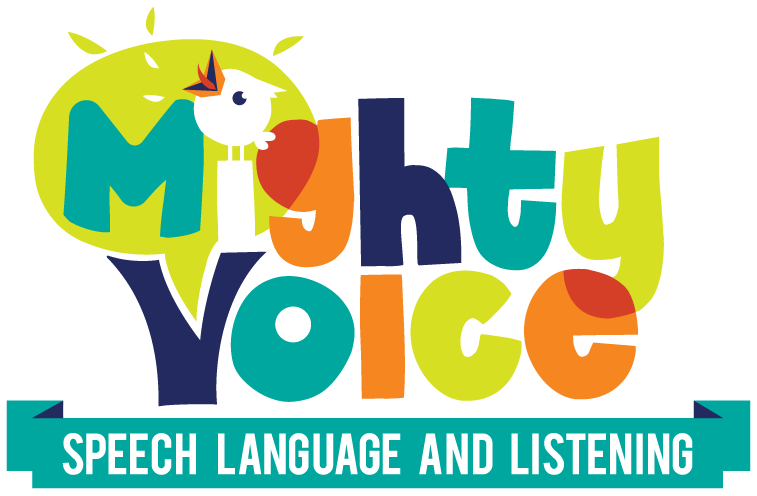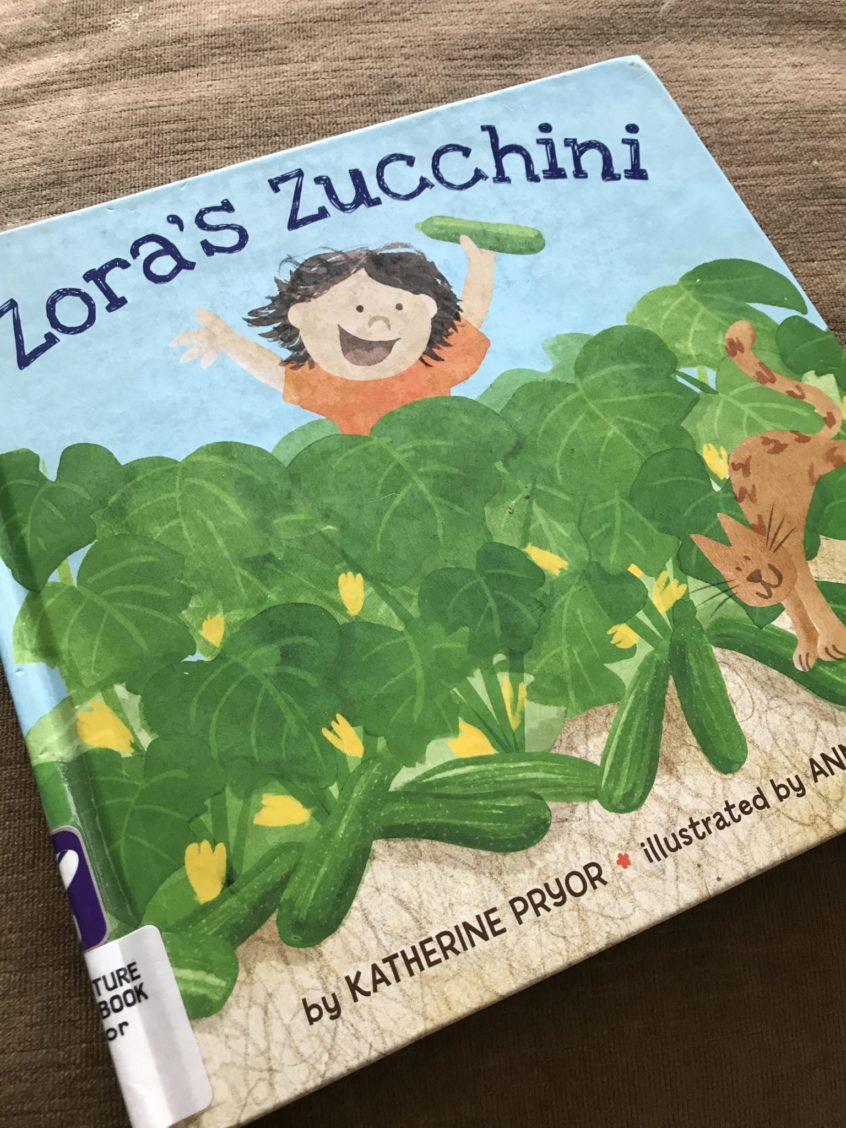We know that hearing and learning new vocabulary is important, especially for kids who are deaf and hard of hearing. But, what if I told you there is a super simple way to introduce, practice, and repeat new vocabulary in context? And that it takes very little effort on your part?
Enter….books. Seriously. Reading with your child is one of the easiest ways to simplify teaching and learning new vocabulary. Remember how it takes somewhere between 12-40 repetitions for hearing children to learn new words? We can guess that it will probably take a few more for children who are deaf and hard of hearing. So let’s double it to be generous, and say it takes 80 repetitions of a new word for your child with hearing aids or cochlear implants to understand it. 80 repetitions can sound overwhelming, can’t it? With reading, it doesn’t have to be.

The last time I was at the library with my toddler, carefully picking out books I thought he would enjoy, he was busy randomly grabbing things off the shelf and tossing them on my pile. One of the books he grabbed was “Zora’s Zucchini” by Katherine Pryor. The story is about a girl who is bored during the summer, and finds a free zucchini plant at a hardware store. She plants it, finds herself with too many zucchinis, and ends up organizing a vegetable swap to get rid of them all.
My son has been enthralled with this book. It’s not particularly compelling to me as an adult, but for whatever reason he’s been asking for it at bedtime every night. And even though I don’t love it, I know kids love (and learn more from) reading books repeatedly, so we keep reading it.
I was curious, and so I counted–the word “zucchini” is repeated 19 times or so in this book. So, when you consider our magic number of 80 repetitions for a child who is deaf or hard of hearing to learn a new word, that means with each reading of the book, you’re almost 1/4 of the way to the goal. If you read the book to your child once a day for 5 days in a row, you’d have read the word “zucchini” 95 times!

And in addition to just reading the word 95 times, your child will have had visual support from looking at the pictures, context from seeing and hearing the story to really understand what a zucchini is, and you have so many opportunities to help your child make connections…who hasn’t had a neighbor or coworker try to con you into taking some of their overabundance of zucchini? If you are working on listening and spoken language, your child not only heard the word “zucchini,” but also your expression and tone of voice while reading.
And for all of this rich language experience, all it took on your part was a trip to the library, and some reading time with your child. Amazing, isn’t it?

